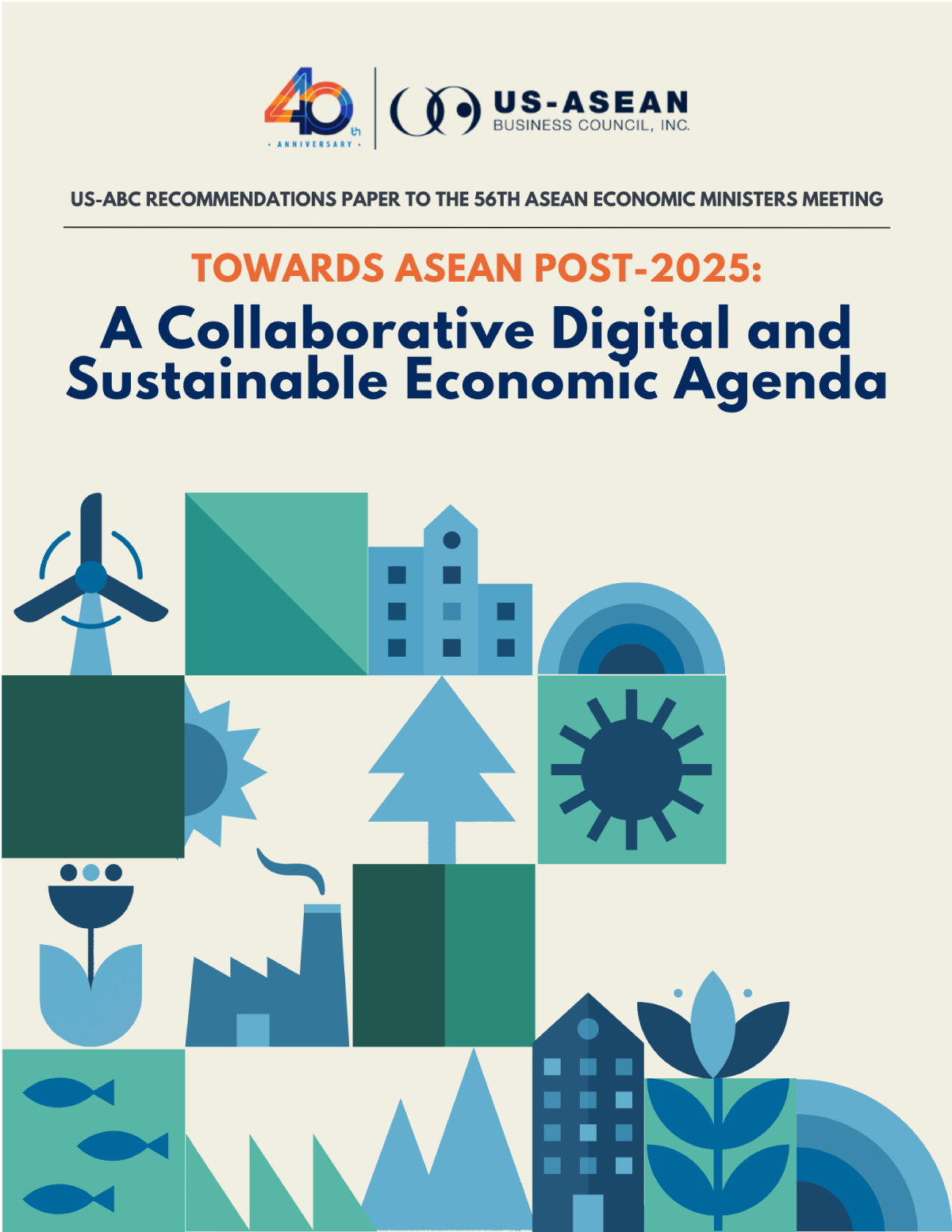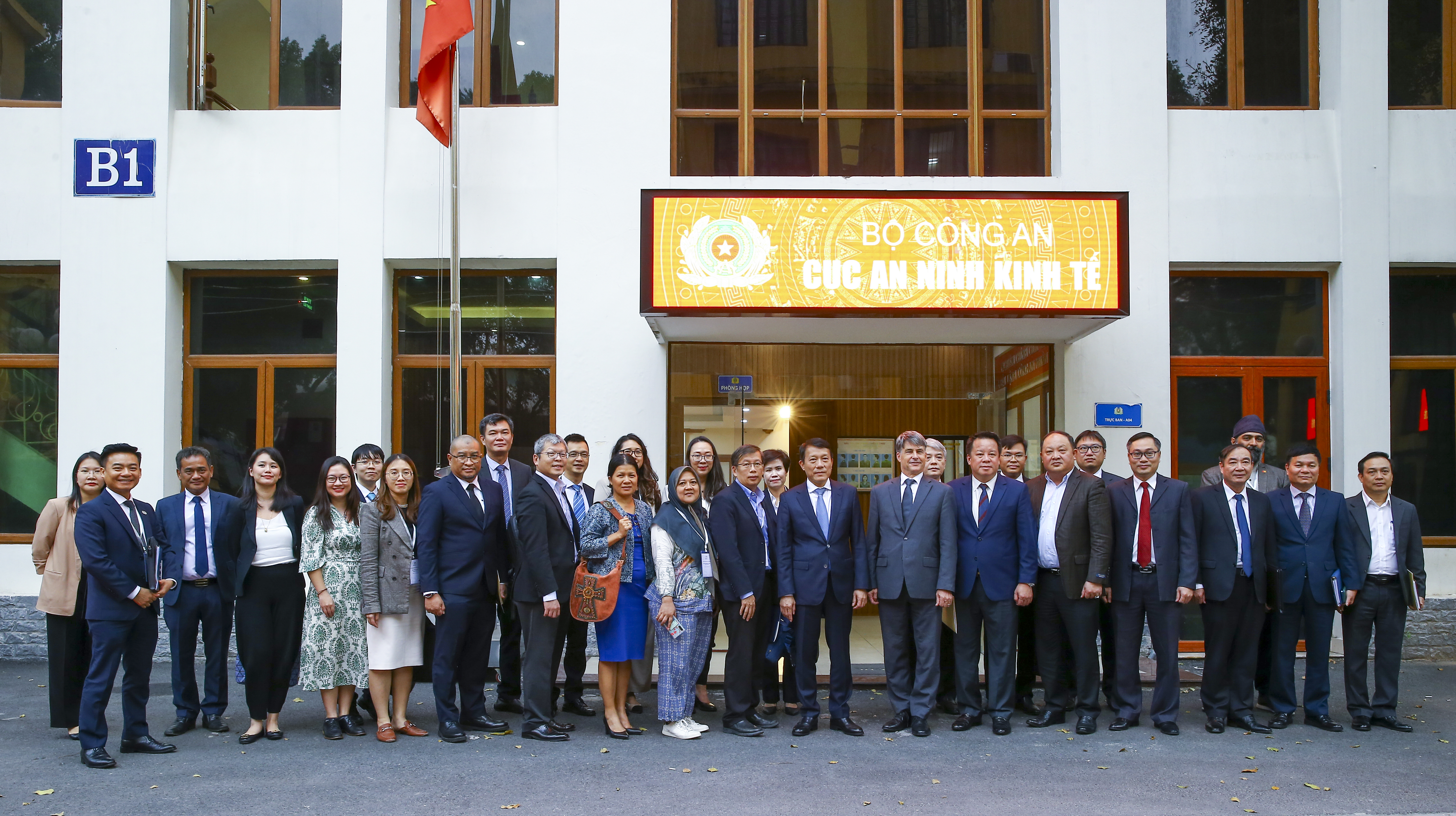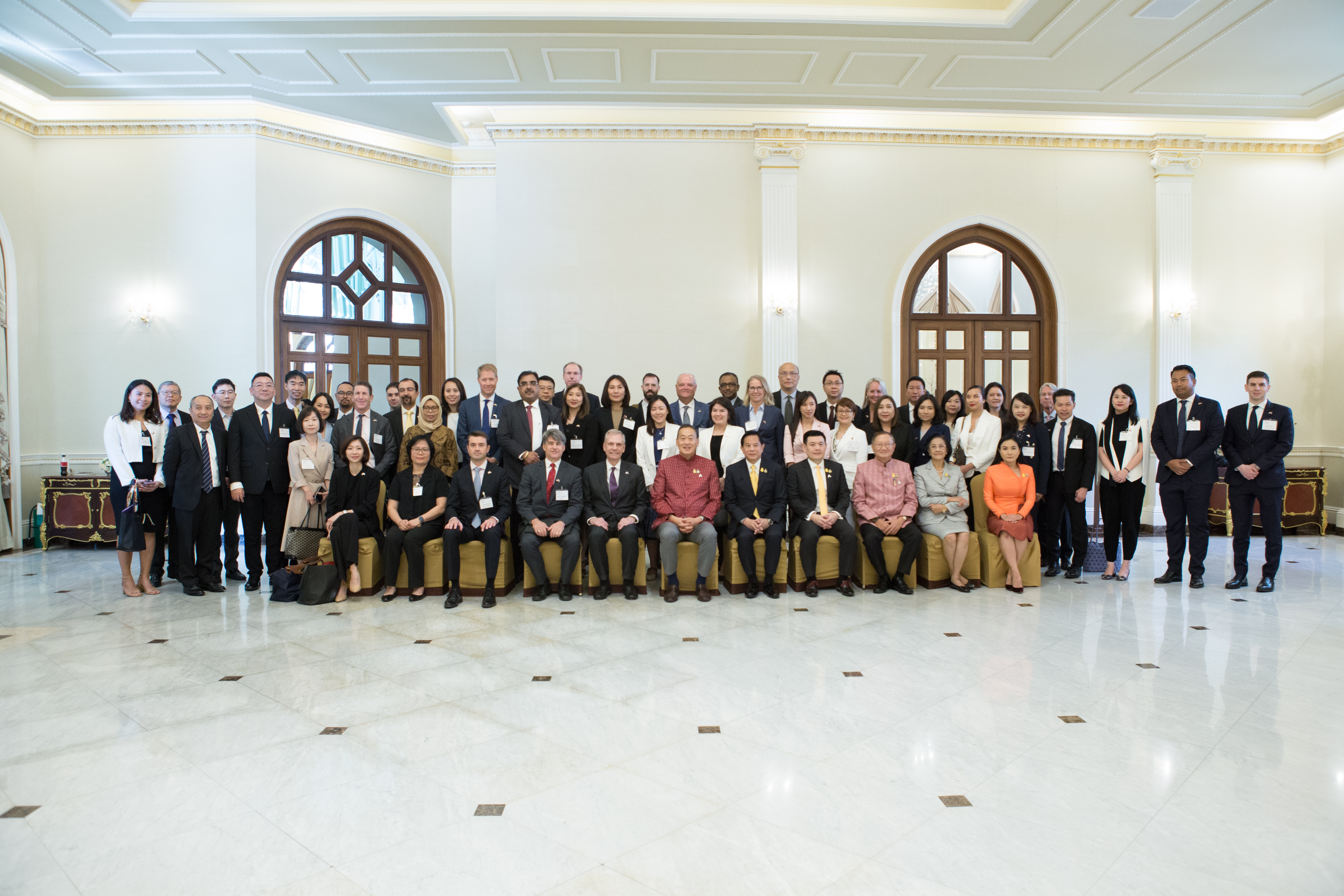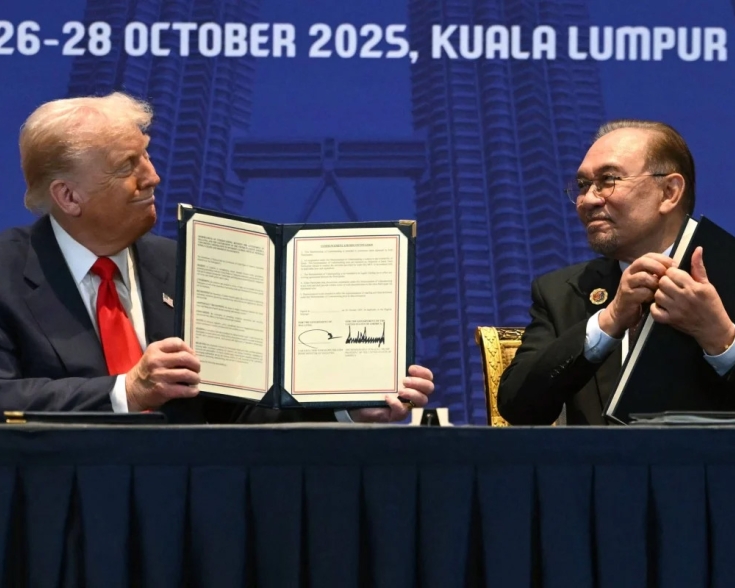Thailand’s Energy Sector Draws Attention
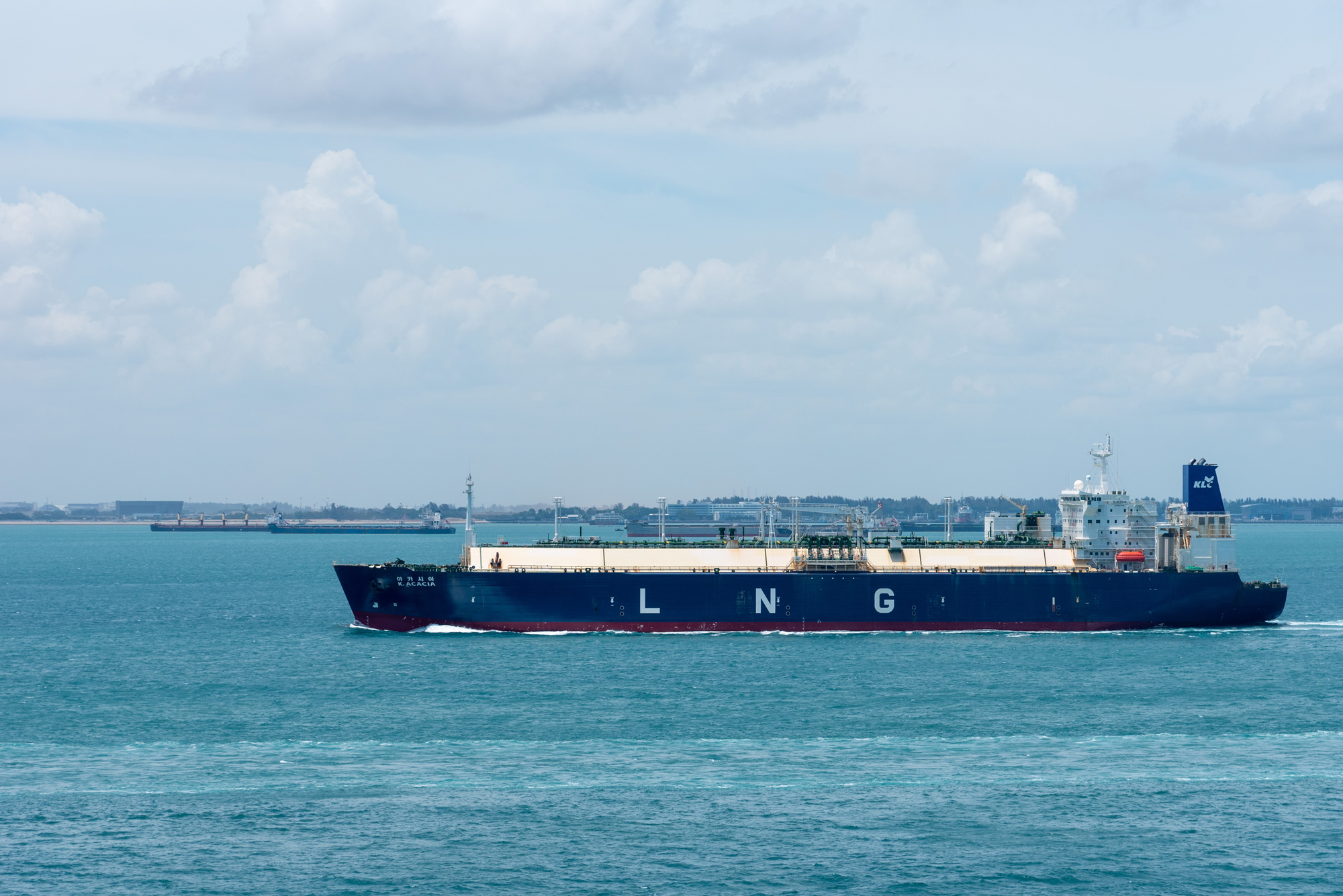
Thailand has expressed interest in joining the Alaska venture, a massive gas pipeline project valued at USD 44 billion, as part of its efforts to address the trade surplus before tariff negotiations with the United States. The Ministry of Energy is open to importing 3-5 million tonnes of liquefied natural gas (LNG) from Alaska annually to help increase Thailand’s imports of U.S. goods and improve the overall trade balance. Thailand as a net energy importer would benefit from secure access to U.S. LNG supplies amid declining domestic gas reserves in the Gulf of Thailand. The significant increase in LNG imports can support Thailand in achieving the status of a regional LNG trading hub.
While LNG imports are being explored as part of broader trade and energy diversification efforts, they may require careful alignment with Thailand’s long-term renewable energy goals. The draft Power Development Plan 2024 (PDP 2024) targets a 51% share of renewables under its national energy mix by 2037, and such developments toward LNG may lead to more adjustments and challenges. Currently, natural gas accounts for approximately one-fifth of Thailand’s energy structure, the PDP 2024 had already outlined the role of natural gas to rise to 41% by 2037 largely driven by imports of LNG. LNG supply and demand management will be critical as an increase in imports of LNG could create a market oversupply.
Thailand’s infrastructure is ready to support increased LNG imports with new storage facilities being built in Rayong province. If Thailand’s domestic consumption is lesser than the combined capacity of potential LNG storage, the surplus in LNG imports can be exported to regional buyers.
On the domestic front, the Energy Regulatory Commission has announced a reduced electricity rate of 3.98 baht per unit for the May-August 2025 billing cycle, even lower than its estimated target. The new rate reflects current economic conditions and it intended to provide relief to both households and industries facing pressure from rising operational and living costs, will support both the general public and various industries burdened by rising costs.


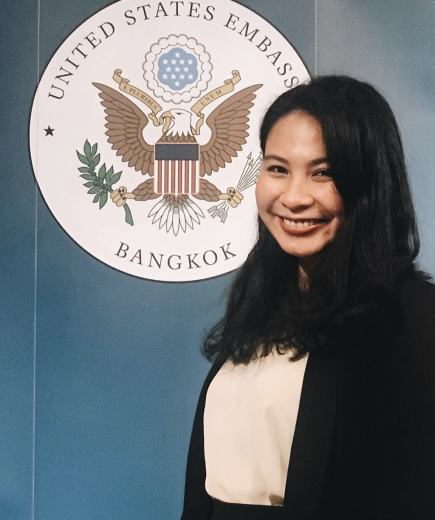
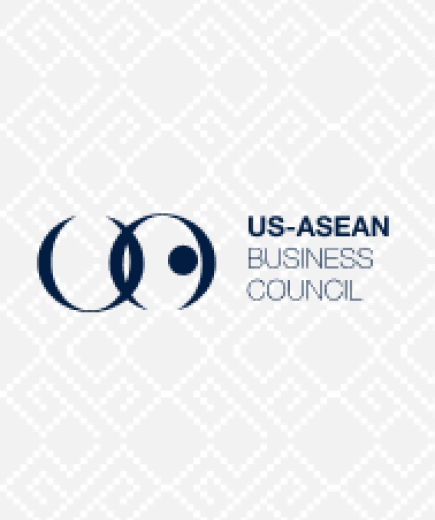
![Cover-[USABC-Final]-Driving-ASEAN-Unity-Malaysia's-Vision-for-2025](/sites/default/files/2025-07/Cover-%5BUSABC-Final%5D-Driving-ASEAN-Unity-Malaysia%27s-Vision-for-2025.jpg)
